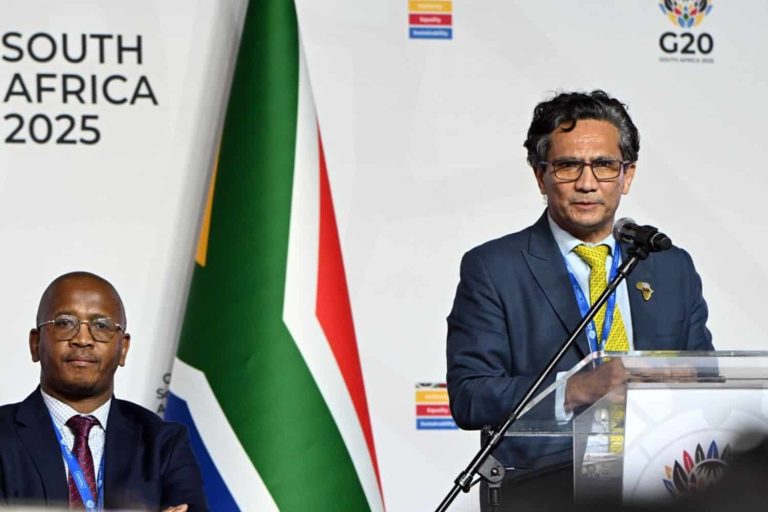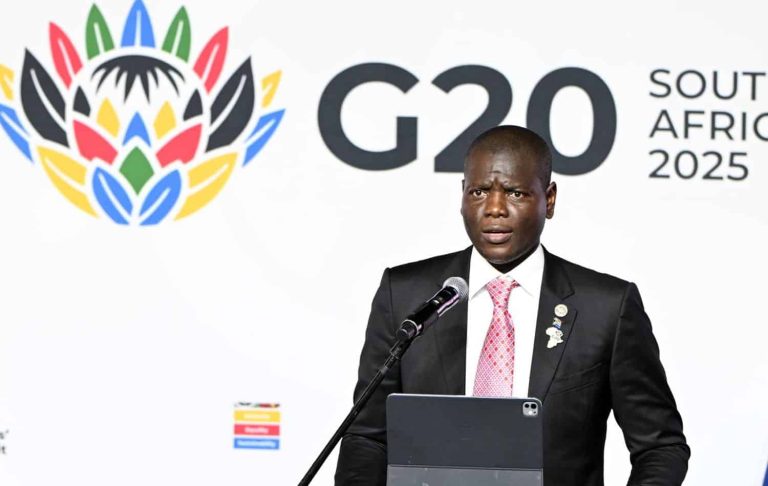Saudi Arabia and the UAE accounted for almost all healthcare investment activity in the Gulf over the past four years, underscoring the region’s appeal to capital, according to JLL.
From 2021 through April 2025, the two markets were responsible for nearly 92% of the close to 400 transactions recorded across the Gulf Cooperation Council, the professional services firm said in its latest report. The UAE led with 198 deals, followed by Saudi Arabia with 170.
JLL said the concentration reflects both countries’ push to expand healthcare infrastructure under national transformation agendas, including Saudi Arabia’s Vision 2030 and the UAE Ministry of Health and Prevention’s 2023–2026 strategy.
In August, consultancy Research and Markets projected the GCC healthcare innovation market to grow from $121.9 billion in 2025 to $170.5 billion by 2030.
“The GCC healthcare sector presents a dynamic and rapidly evolving investment landscape with exceptional growth potential across the healthcare value chain,” said Sandeep Sinha, head of healthcare and life sciences advisory for the Middle East and Africa at JLL. “For investors, this creates multiple entry points for capital, spanning digital health innovations and infrastructure development that ensure sustainable returns while advancing health outcomes.”
Demographics and digitalization
JLL highlighted demographic growth, government-led initiatives, and accelerating digital adoption as core drivers. A health-conscious, tech-savvy youth cohort is boosting demand for preventive care, wellness services, and digital solutions, while an ageing population is lifting needs for geriatric care and chronic disease management.
“By 2030, projections indicate the region’s population will reach 69.92 million, creating unprecedented demand for comprehensive healthcare services across all specialties,” the firm said.
Government programs are also catalyzing capital formation and public-private partnerships. Under Vision 2030, Saudi Arabia aims to modernize the health system through new technologies and greater private-sector participation to expand access to high-quality care.
Advanced digital infrastructure in Saudi Arabia and the UAE is improving patient access and efficiency, JLL added, citing initiatives such as the UAE’s Riayati platform and Saudi Arabia’s unified electronic health records system. These efforts are reshaping how services are conceived, delivered, and accessed, and are creating a solid foundation for domestic and foreign investment.
“As the market matures, investors are prioritizing strong value propositions, supported by sustained government commitment to develop world-class medical facilities, reinforcing the sector’s position as a strategic investment priority,” Sinha said.
The shift toward patient-centered models is another tailwind, increasing spending on patient-interaction platforms, premium facilities, and advanced diagnostics. According to JLL, the digitalization wave is accelerating partnerships with global technology leaders and channeling investment into health-tech, including telemedicine and artificial-intelligence-powered diagnostics.



